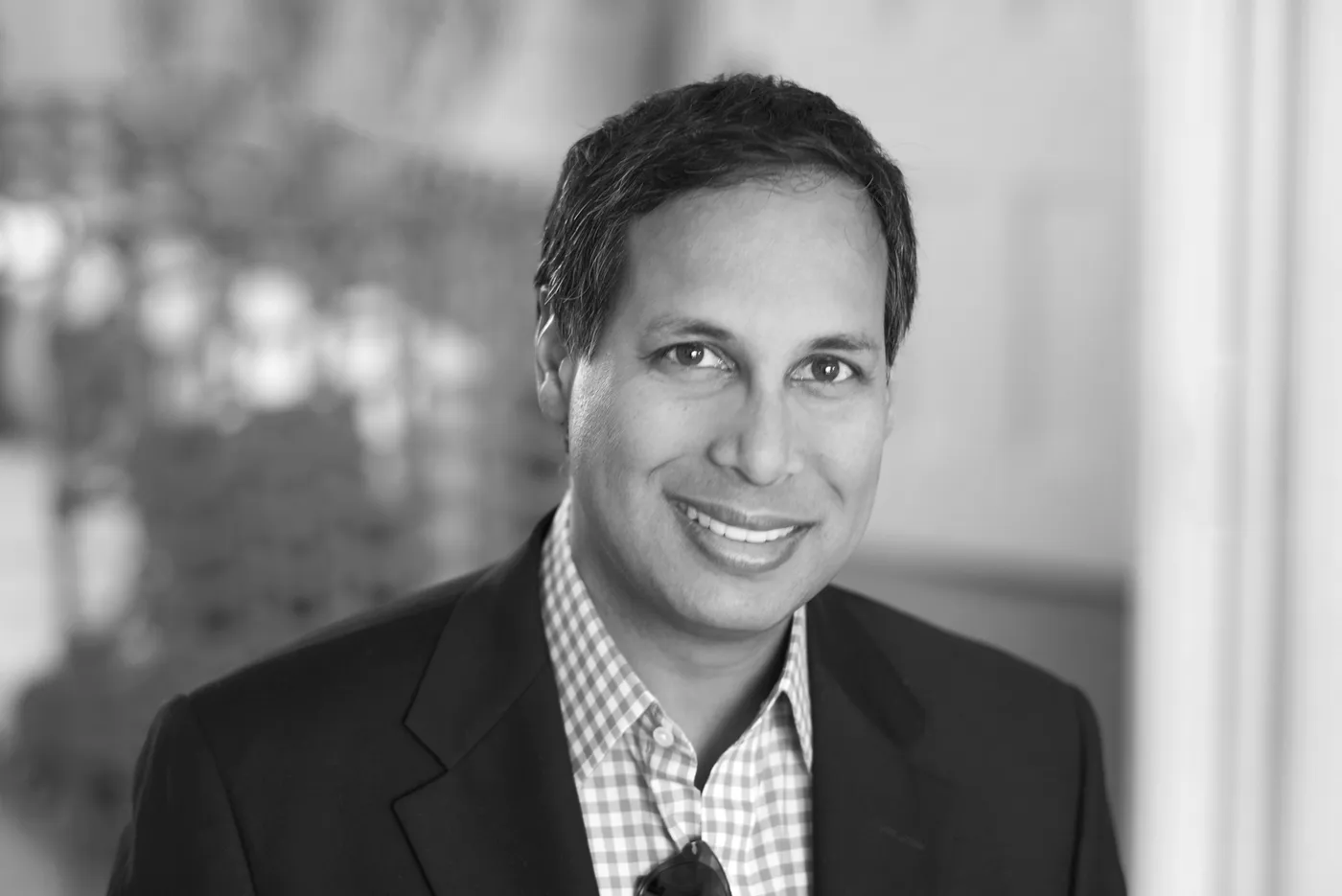Canada: #25 in the 2022 World Index of Healthcare Innovation

Photo: Zoran Zonde Stojanovski / Unsplash
Introduction
Canada ranked 25th in the 2022 World Index of Healthcare Innovation, down from 23rd in 2021 and 17th in 2020. Canada’s overall ranking was dragged down by its 17th and 29th showings, respectively, in Science & Technology and Fiscal Sustainability. Canada ranked 12th for Quality and 16th for Choice.
Background
Canada’s single-payer system began when Tommy Douglas, the premier of Saskatchewan, implemented universal public health insurance for the province in 1947. Then, in 1966, the federal government passed the Medical Care Act that established single-payer coverage for physician costs at the provincial level.
Block grants fund these physician services. (Interestingly, while many in the United States view the Canadian system as a form of “socialized medicine,” it employs a decentralized approach to health system management akin to what many U.S. conservatives want for Medicaid.)
In Canada, public coverage is universal and free at the point of care. But over two-thirds of Canadians buy complementary private insurance for services excluded from federal reimbursements, such as dental, vision, and home care. Private insurance also covers many prescription drugs and private hospital rooms. Nevertheless, private insurance accounted for around 12 percent of total health spending. Moreover, public insurance accounted for approximately 70 percent of Canada’s total health spending.
There is a balance between private and public hospitals in Canada, with nonprofit hospitals managed predominantly by regional hospital boards representing the communities. Provinces like Ontario feature mostly private, nonprofit hospitals while other provinces feature publicly owned regional hospitals. Hospital-based physicians are not hospital employees and are paid directly via a fee-for-service mechanism.
Canada uses single-payer purchasing to control costs. For example, mandatory federal budgets for hospitals and regional health authorities, drug formularies, and negotiated provider fee schedules all place ceilings on what the government can spend on healthcare. Additionally, the independent Patented Medicine Prices Review Board regulates the introductory prices of patented medications. Provinces typically hold jurisdiction over the costs of generic drugs and control pricing under public drug plans, leading to some inter-provincial variation of pharmaceuticals available to the public.
Economically, Canada enjoys a low debt-to-GDP ratio near 39 percent, and healthcare costs represent roughly 12 percent of GDP. Although many Americans look to purchase prescription drugs in Canada, Canadians have the second-highest drug prices in the world.
Quality
Canada ranked 12th in Quality. In particular, Canada scored well in preventable disease (11th) and infrastructure (6th). In pandemic preparedness and response, Canada ranked 17th, while their patient-centered care rank dropped to 22nd from 10th the year before.
Choice
Canada ranked 16th for Choice. While the Canadian system ranked highly in access to new treatments (6th), it performed poorly in freedom to choose healthcare services (26th). Rising prices dropped Canada three places to 19th in affordability.

Science & Technology
Canada again ranked at 17th in Science and Technology. Two elements kept Canada’s score low: medical advances (27th) and health digitization (18th), though Canada performed above average in scientific discoveries (16th).
Fiscal Sustainability
Canada ranked 29th in Fiscal Sustainability. This low ranking owes to low scores in national solvency (25th) and public health care spending (30th). Additionally, Canada’s rank in growth in public health spending fell from 16th in 2021 to 29th in 2022.



 ">
"> ">
"> ">
">